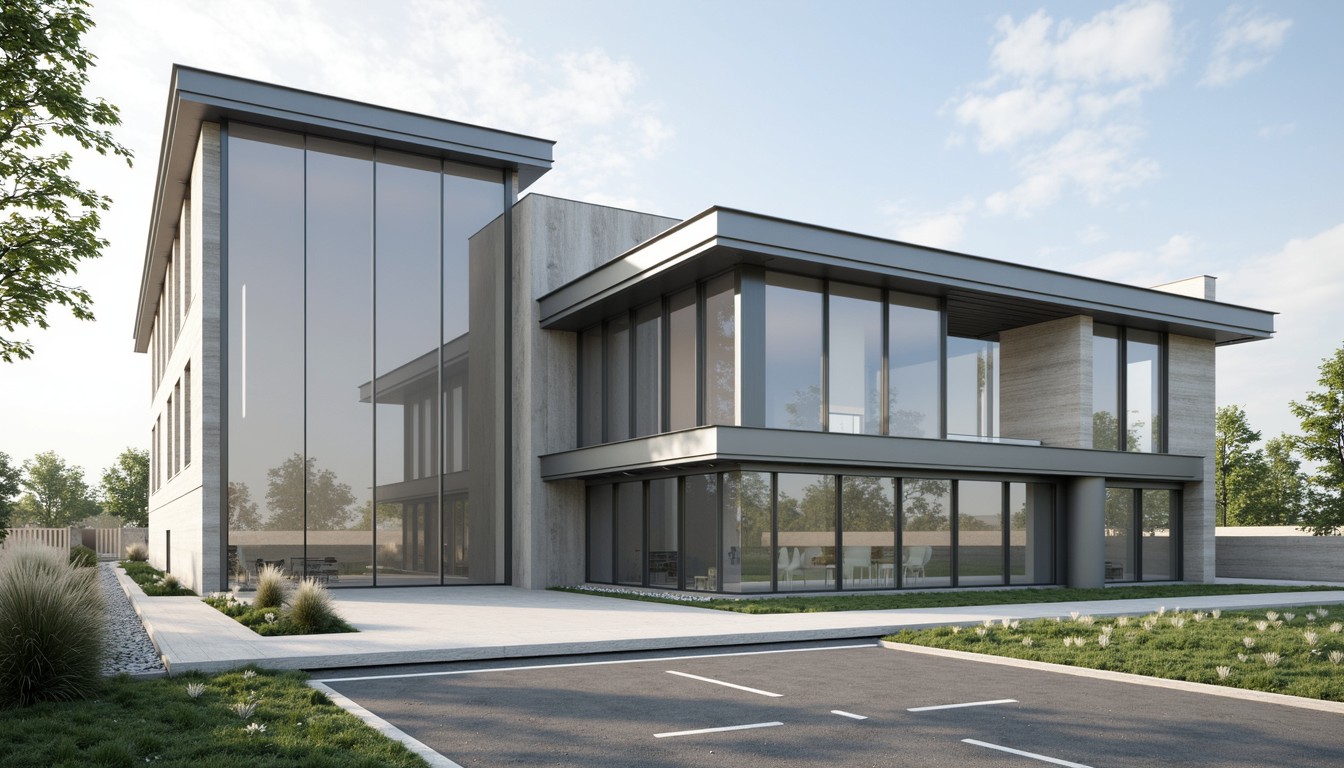BIM Integration: Seamless Construction Workflow
In today's dynamic construction landscape, efficiency and accuracy are paramount. Building Information Modeling (BIM) has emerged as a game-changer, offering a powerful solution for streamlining the entire construction process. At ArchNav, we understand the transformative power of BIM and its seamless integration throughout the project lifecycle. This article delves into the benefits, challenges, and best practices of BIM integration for achieving a truly seamless construction workflow.
Understanding the Power of BIM Integration

BIM is more than just 3D modeling; it's a collaborative process that leverages intelligent 3D models to manage information about a building project. This information includes geometry, spatial relationships, materials, and other relevant data. Effective BIM integration links various stages of the project, from design and planning to construction and facility management. This interconnectedness fosters better communication, minimizes errors, and ultimately leads to cost savings and on-time project delivery.
Key Benefits of BIM Integration:
- Enhanced Collaboration: BIM fosters a central platform for all stakeholders—architects, engineers, contractors, and owners—to access and share project information in real-time. This eliminates the silos of information and promotes seamless collaboration.
- Reduced Errors and Rework: Clash detection capabilities within BIM software identify potential conflicts between different building systems early in the design phase. This proactive approach minimizes costly rework and delays later in the project.
- Improved Cost Estimation and Control: BIM facilitates accurate quantity takeoffs and material estimations, leading to more precise budgeting and better cost control throughout the project lifecycle.
- Optimized Scheduling and Planning: BIM models can be used to create detailed 4D simulations (time-based) that help visualize the construction sequence and optimize scheduling for maximum efficiency.
- Enhanced Facility Management: BIM data can be utilized for facility management, providing valuable insights into building operations and maintenance, extending the lifespan of the asset.
Practical Applications of BIM Integration

The applications of BIM integration are vast and extend across various project types and scales. Here are a few real-world examples:
1. Prefabrication and Modular Construction:
BIM is instrumental in optimizing prefabrication workflows. Detailed models allow for precise fabrication of components off-site, minimizing on-site construction time and improving quality control. This is particularly effective in large-scale projects or projects with tight deadlines.
2. Construction Sequencing and Logistics:
4D BIM simulation allows construction managers to plan and visualize the construction sequence, optimizing logistics and resource allocation. This minimizes delays caused by logistical challenges and ensures a smooth workflow.
3. Virtual Design and Construction (VDC):
VDC leverages BIM to create a virtual representation of the construction project, enabling stakeholders to identify and resolve potential issues before construction begins. This proactive approach significantly reduces risks and costs.
4. Sustainability and Energy Efficiency:
BIM can be used to model and analyze the building's energy performance, helping to optimize design for energy efficiency and sustainability. This contributes to environmentally responsible building practices.
Challenges of BIM Integration
While BIM offers numerous benefits, its successful integration requires addressing certain challenges:
- Data Interoperability: Different software platforms may have varying levels of interoperability, requiring careful consideration of data exchange formats and compatibility.
- Training and Expertise: Successful BIM implementation requires adequately trained personnel who can effectively utilize the software and manage the BIM data.
- Initial Investment Costs: Implementing BIM requires an initial investment in software, hardware, and training, which can be a barrier for some organizations.
- Data Management and Security: Managing large volumes of BIM data requires robust data management strategies and security protocols to protect sensitive information.
Best Practices for Seamless BIM Integration

To maximize the benefits of BIM integration, consider these best practices:
- Establish Clear BIM Execution Plans (BEP): Develop a comprehensive BEP that outlines roles, responsibilities, software, and data management procedures.
- Invest in Proper Training and Support: Ensure your team has the necessary training and ongoing support to effectively use BIM software and manage BIM data.
- Choose the Right Software and Hardware: Select software and hardware that meet your project's specific requirements and ensure interoperability with other systems.
- Implement Robust Data Management Strategies: Establish clear data management procedures to maintain data integrity, accessibility, and security.
- Foster Collaboration and Communication: Encourage open communication and collaboration among all stakeholders throughout the project lifecycle.
Conclusion: ArchNav – Your Partner in Seamless BIM Integration
BIM integration is crucial for achieving a seamless construction workflow. By embracing BIM and following best practices, construction projects can be delivered more efficiently, accurately, and cost-effectively. At ArchNav, we are experts in architectural visualization and BIM integration, providing comprehensive services to help our clients leverage the full potential of BIM throughout their projects. Contact us today to learn how ArchNav can help you streamline your construction process and achieve your project goals.
